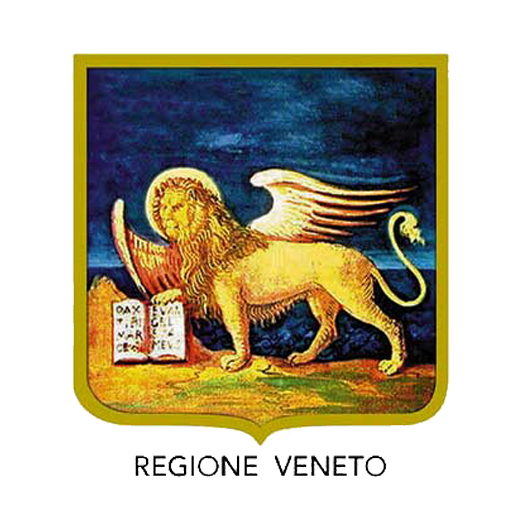Keep of Castello Carrarese
Via G. Negri, 9
Dominating the urban landscape and standing as a symbol of the Euganean Hills along with the city walls, the Keep of the Carrarese Castle rises at the apex of the triangle formed by the town's fortifications. Already mentioned in documents from the 11th century, the Keep was originally flanked by a small church, likely incorporated into the defensive structures completed by the Carrarese family.
One of the most iconic views of the Keep can be seen from the City Wall Gate, historically adorned with a majestic wisteria vine that adds to its charm. This viewpoint has been captured in countless photographs, becoming one of the most representative images of Este.
The Keep Tower marks the central axis of the city: from it begins the town’s cardo, the main north-south street, which runs through the historic center along Via Matteotti, eventually reaching another major symbol of Este, the Porta Vecchia Tower.
The surrounding park was also designed to highlight the view of the Keep: thanks to the careful placement of trees, the tower remains visible all the way from the Torre Bridge, offering a unique perspective that spans the entire city of Este.
History and Architecture
Built between 1339 and 1340, the Keep has a square plan, with each side measuring 5.75 meters and a height of about 21 meters. It stands on the foundations of a pre-existing pentagonal tower dating back to the Este period. Archaeological excavations carried out in the early 1990s uncovered the remains of the late-Este keep base, built around 1220 by Marquis Azzo VII d’Este.
The area underwent major restoration between 1994 and 1996, which allowed for the recovery and enhancement of the entire complex. Later, in 2001, an additional intervention unified the visual appearance of the Keep with the surrounding walls and towers, improving overall integration. However, the growth of vegetation in the garden has made the ancient structures located at the highest point of the enclosure less immediately visible. We invite you to visit one of Este’s most fascinating monuments—a symbol of a past that still lives in the heart of the city.






